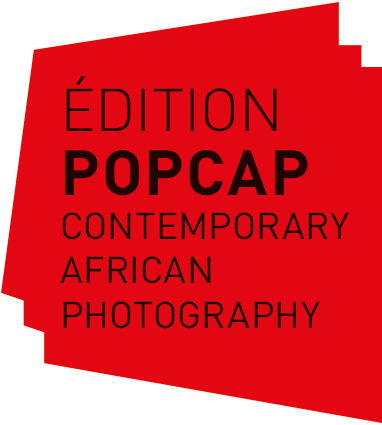Swimming in the ‘Long Sea’
Swimming in the ‘Long Sea’
The suburb of Diamanthoogte (‘Diamond Heights’) is home to a predominantly coloured community that lives on the outskirts of the diamond-mining town of Koffiefontein in the Free State province. During the summer months children enjoy swimming in the canals, which they refer to as the ‘Long Sea’. The canals carry the overflow of water through the town from Kalkfontein Dam and the mine dam to outlying farms. Koffiefontein became a stopover point for transport riders travelling between the diamond fields in the south and the gold mines to the north during the 1800s. After diamonds were discovered here, Koffiefontein developed into a mining town. The
town has a significant military history; it was seized by the British during the South African (Anglo-Boer) War and was later used as a detention camp in the Second World War. Among the internees was John Vorster, who later became prime minister and president of South Africa. The mine has been closed several times over the years but continues to recover some of the most valuable diamonds in the world. From Legacy of the Mine, 2010–2013
Edition of 7 + 2AP
Sheet size A2 (420 x 594mm).
Ultrachrome Pigmentprint on Hahnemühle Photo Rag Ultra Smooth Archival Paper 305 g/sqm
Print number: IG1400X-4
For more than a century, South Africa’s demand for gold, diamonds, coal and platinum has gone from strength to strength, often shifting in accordance with the political economy and the availability of foreign markets. Mineral exploitation by means of cheap and disposable labour has brought national economic growth, making the mining industry the largest industrial sector in South Africa. The mine, irrespective of the particular minerals extracted, is central to understanding societal change across the country. The issues it raises in South Africa are evidently comparable to mining concerns around the world. This enabled Ilan Godfrey to channel his conception of the mine into visual representations that gave agency to forgotten communities. The countless stories of personal suffering are brought to the surface and the legacy of the mine is revealed. This is apparent through land rendered unfit for alternative uses, through public health crises within local communities, land and water pollution, and through the disruptive influence of historical labour exploitation impacting on familial structures and cultural positioning. – Ilan Godfrey



